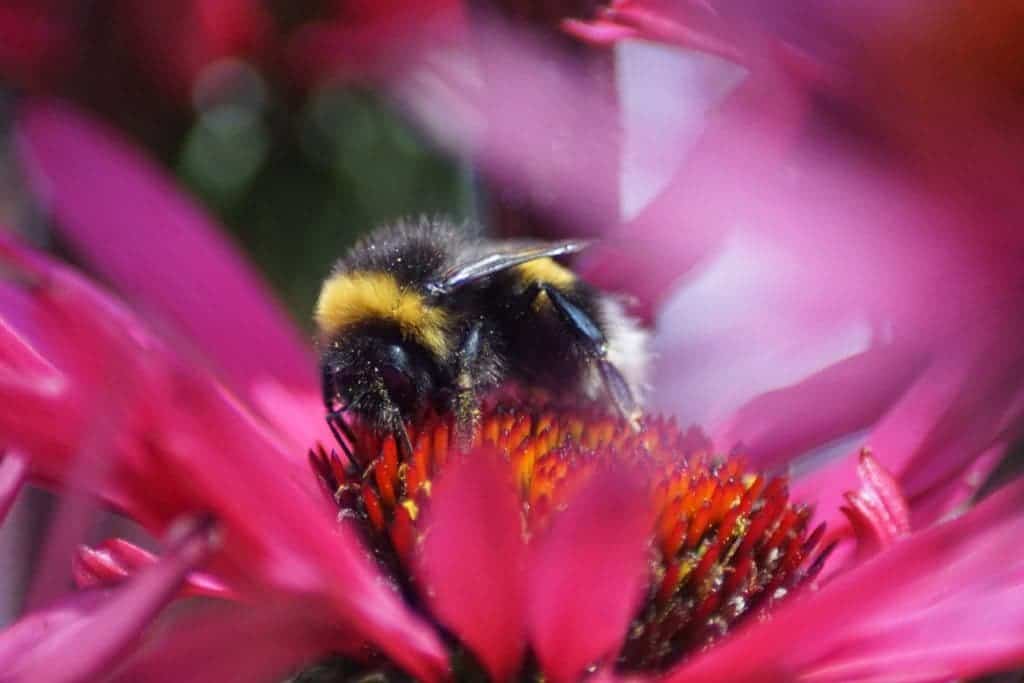In a single human generation, the chances of a bumblebee population surviving in any given place has decreased by more than 30%.

It’s never easy to pinpoint the causes of a generalized problem. Bees have been struggling all around the world, and it’s likely due to several factors. Take, for instance, urbanization — the fragmentation and destruction of habitats has taken a massive toll on bees, and the flowers we plant in urban areas are often not the ones bees need to survive. Agricultural fields can also have a detrimental effect, and pesticides have been shown time and time again to be devastating for pollinator populations.
Furthermore, on top of all these stress factors, there is a surge of a dangerous bee parasite: the Varroa mite, which carries up to 18 debilitating bee viruses to which bees are virtually defenseless. There is, on top of all of this, another major threat to bees.
I’m talking, of course, about climate change.
Too hot to buzz
The study analyzed data from 66 bumblebee species across North America and Europe over a period of 115 years, testing how extreme heat affects bee species. The study was carefully designed to avoid the effect of changing land use.

They then developed a model simulating “climate chaos” scenarios, comparing how the bumblebee populations had moved over the years in response to rising temperatures. They found that bumblebee populations were indeed decreasing in accordance to how much temperatures were rising. Extreme heat, in particular, was devastating to these populations, as it exceeds the bees’ tolerance.
Bumblebees, a crucial pollinator, are already in a well-documented decline. This shows that climate change is a main driver of decline for bumblebees, which suggests that the insects might be heading for a mass extinction as temperatures continue to rise.
“Mitigating climate change–driven extinction risk among bumblebees requires efforts to manage habitats to reduce exposure to the growing frequency of temperatures that are extreme relative to species’ historical tolerances,” the researchers write in the study.
The authors’ concern was shared by other scientists. Jonathan Bridle and Alexandra van Rensburg of the University of Bristol described the findings as “alarming” in their commentary for the journal Science:
“The new study adds to a growing body of evidence for alarming, widespread losses of biodiversity and for rates of global change that now exceed the critical limits of ecosystem resilience.”
Ultimately, the researchers conclude, there’s no quick fix to this. If we want to stop this environmental disaster (and the massive economic losses associated with it), we’d better focus on reducing our greenhouse gas emissions.






